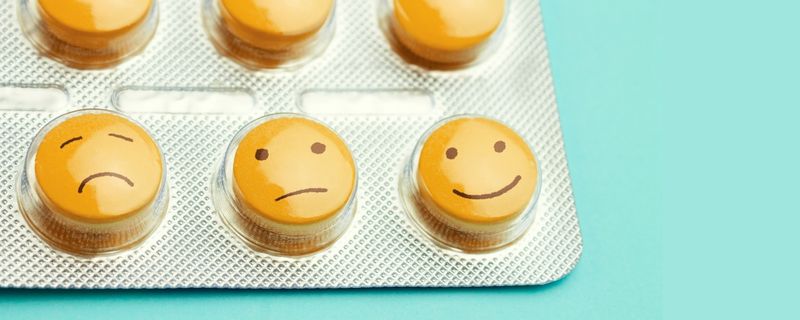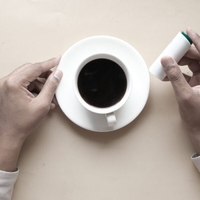
Excipients... The good, the bad and the ugly
The word excipient is derived from the Latin excipere, meaning 'to except', which is simply explained as 'other than'. Excipients are everything 'other than' the active ingredient. Excipients are usually considered inert, however, it is currently being recognised that an excipient’s direct interaction with the active ingredient is not negligible. Research has shown the ability of excipients to react with other ingredients in the formulation and cause adverse and hypersensitivity reactions in patients (1).
Excipients may make up to 90% of a product formulation (1) and may be synthetic or sourced from plants or animals.
Considerable ingenuity and formulation expertise are required to produce a supplement that will be stable during storage, transport and handling, yet will release its active ingredient as required once ingested (1).
Excipients selected for product formulation vary across the pharmaceutical and complementary medicine industries. The role of the excipient should not be underestimated, particularly when it comes to generic pharmaceuticals. A number of pharmaceutical excipients are known to have side effects or contraindications (2).
Originator medicines and generic preparations have been shown to be bioequivalent and therefore substitutable, however, they may contain different excipients. The medical/healthcare community needs to be aware that a generic preparation containing an excipient which is not part of the originator preparation has the potential to cause problems in a patient who had no issues in tolerating the original preparation (3).
According to the Therapeutic Goods Administration (TGA), types of excipient ingredients include: a fragrance, flavour, preservative, printing ink, antioxidant, coating, binding agent, filler or an anticaking agent (4). The TGA states that sponsors of complementary medicines should ensure appropriate use of excipients in terms of their roles and quantities within a product formulation. Claims cannot be made for excipient ingredients (4).
Depending on the medication/supplement type, excipients may be nil to low. Powders and capsules generally require fewer excipients than tablets due to binding and coating ingredients required for a tablet.
Each excipient serves a specific purpose for the proper performance of the supplement dose and form, i.e. capsule, tablet, powder or liquid (5). Common functions of excipients include:
- Improve bioavailability
- Low allergy excipients
- Nutrient function
- Binding nutrients
- Antimicrobial preservatives
- Antioxidant
- Sweetener
- Coating and glazes
- Disintegrant for maximal absorption
- pH adjustment
Commonly used excipients are listed in Table 1. This is not an exhaustive list. Australia has limited some animal-derived excipients to those sourced from specified listed countries to address infection concerns (22).
Table 1. Commonly used plant based excipients

For a full summary sheet, including animal, mineral and synthetic based excipients, see the Excipients Summary Sheet.
Takeaway on Excipients
The risk/benefit ratio of using an excipient to simplify a formulation should be always evaluated on not only its effect on production and quality, but also its safety (38).



